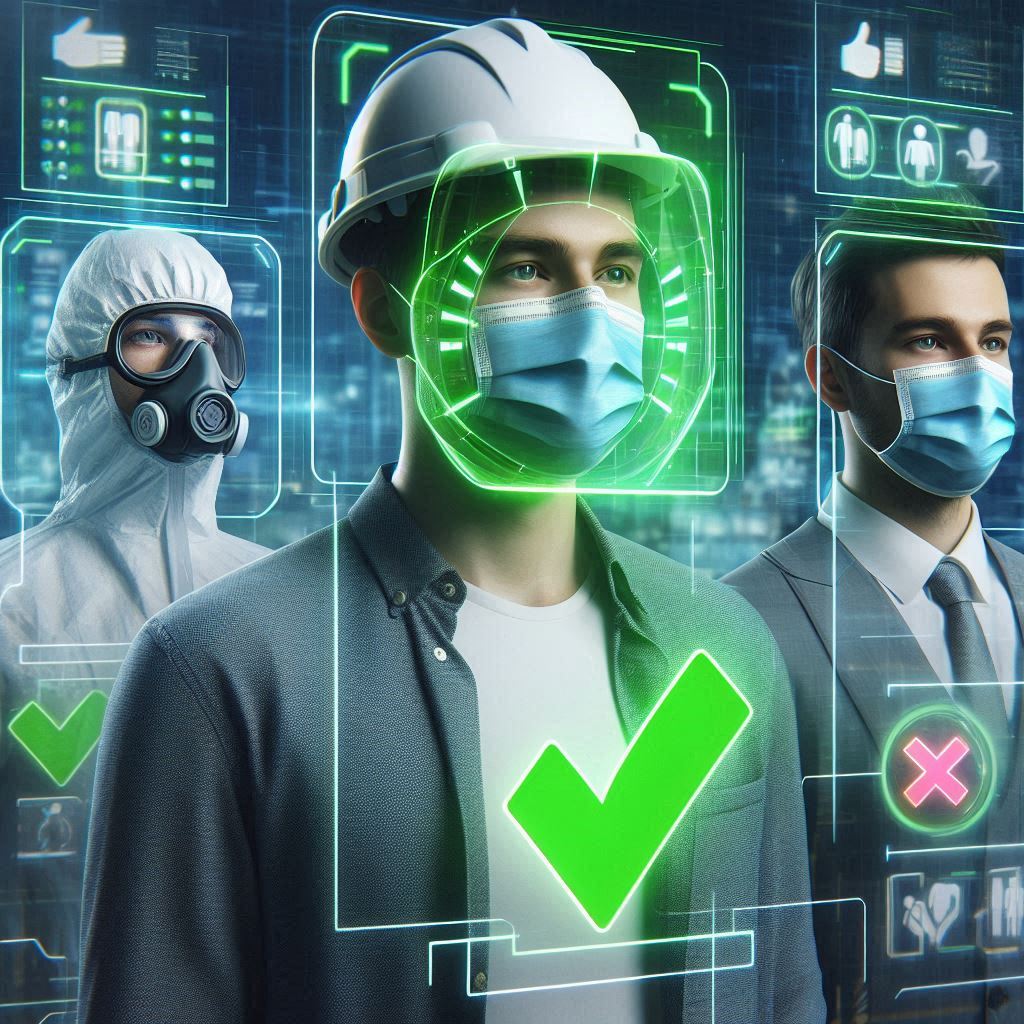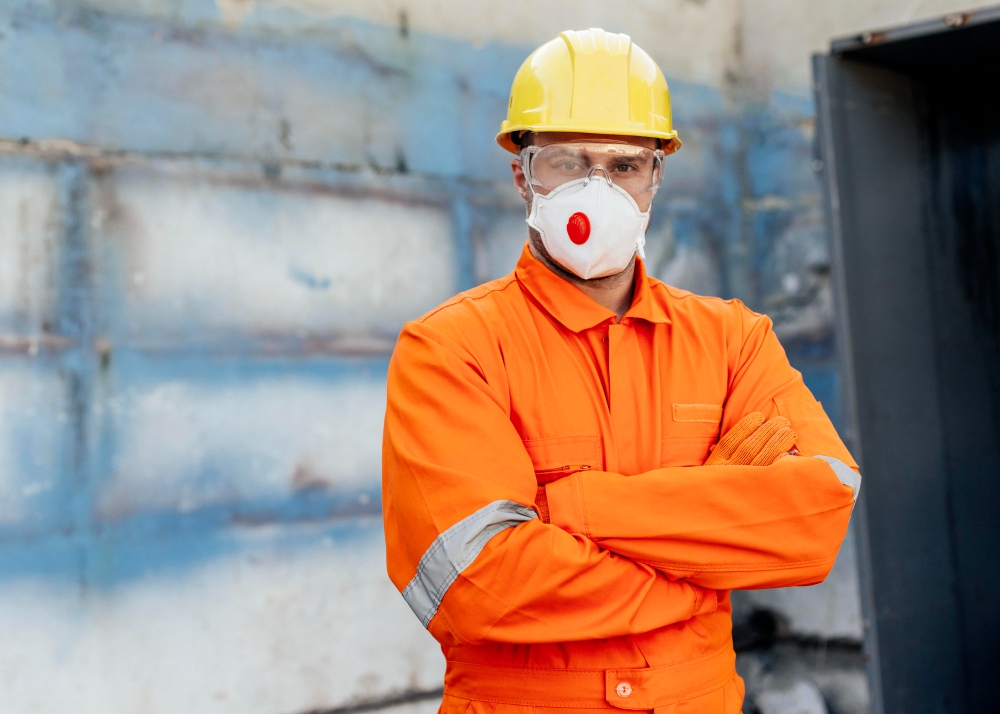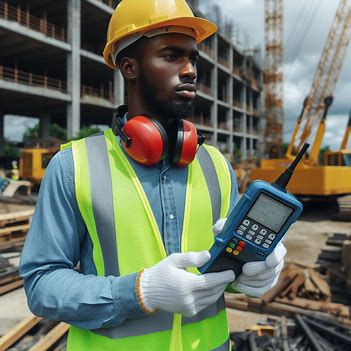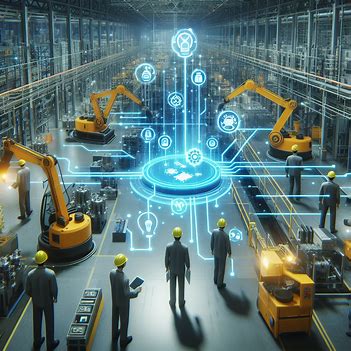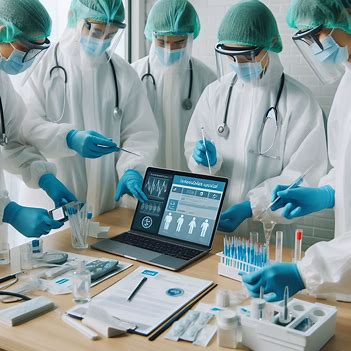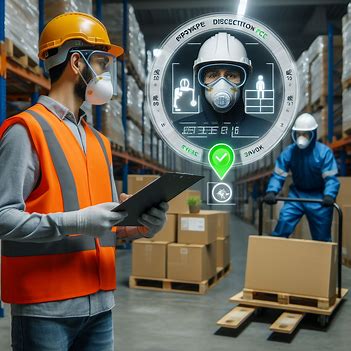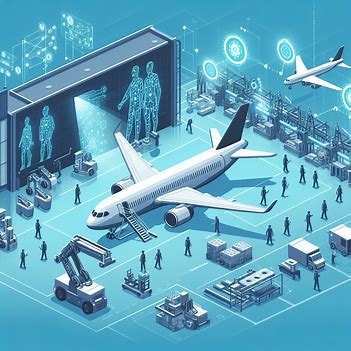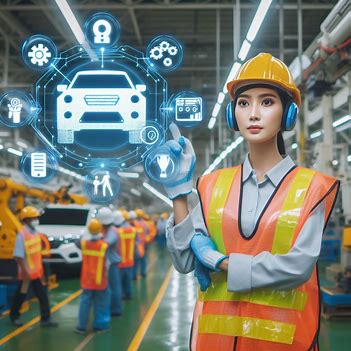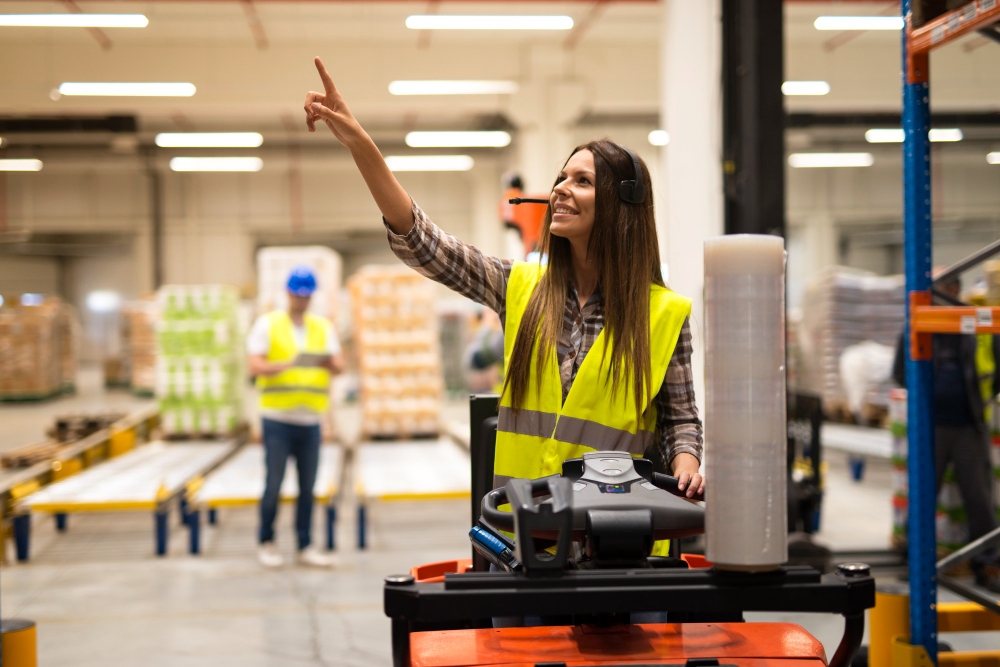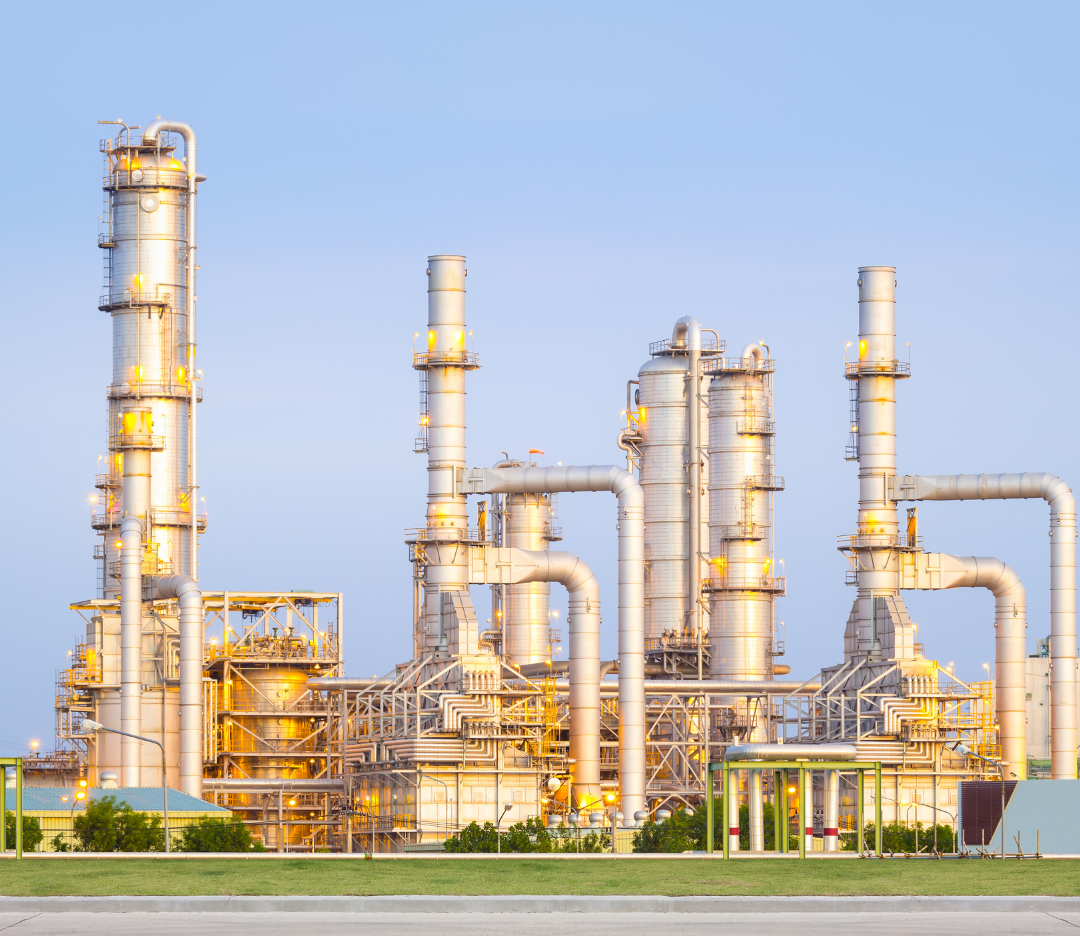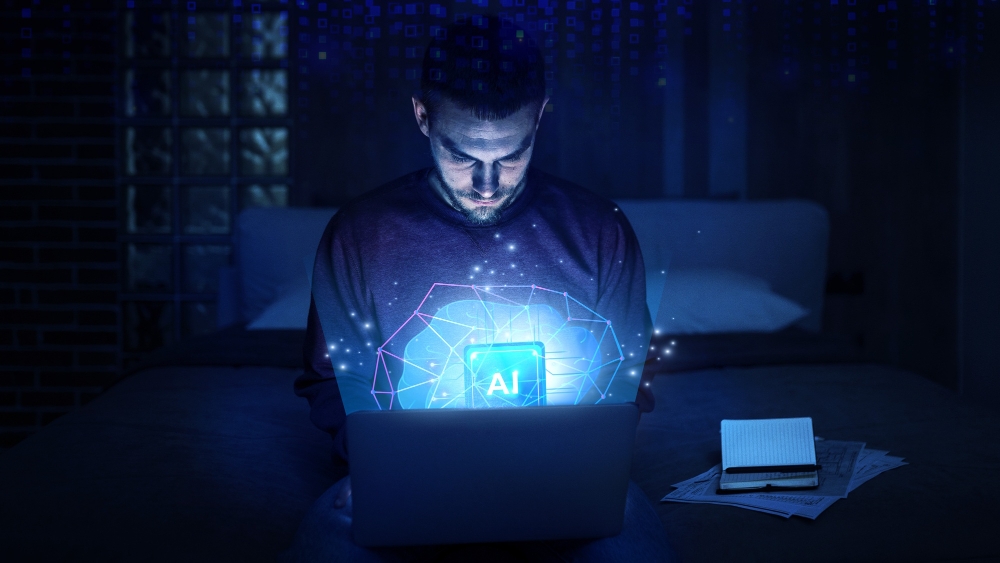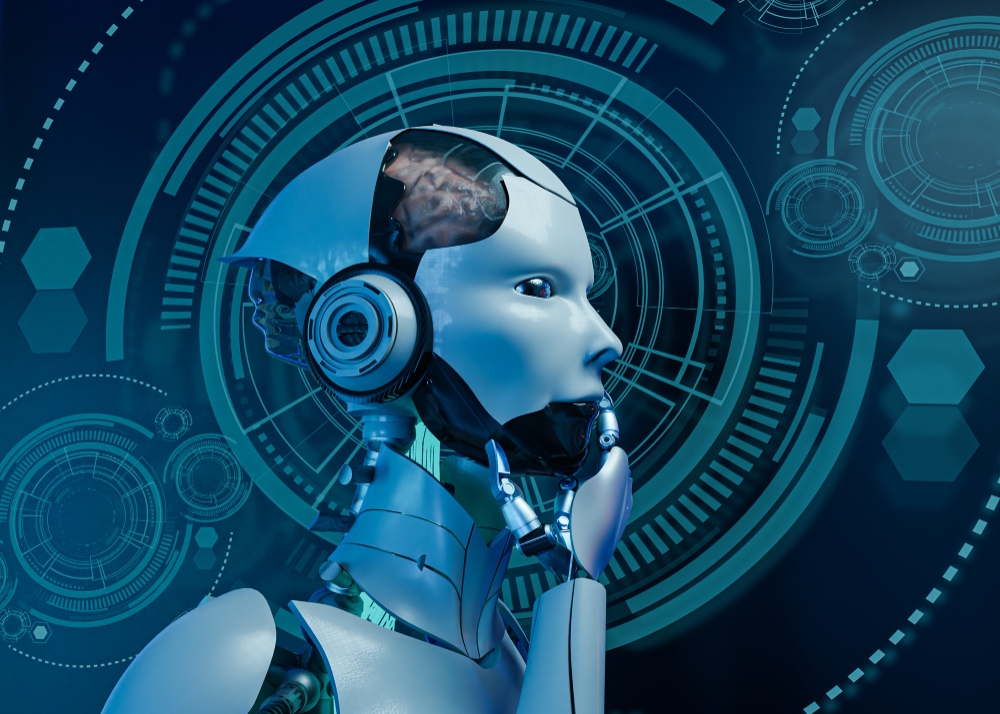AI Camera Transforms Smoke And Fire Detection
Introduction:
The common risks found in the industry are fatality, injuries, near miss cases, accidents, illness and fire and smoke exposure . Fire and smoke exposure is the prominent risk that cannot be predicted . It not only harms the employees but also transforms complete industry along with materials into ashes; it leads to higher risk bearing to the employer by causing serious material and human damage.
So it becomes very important to detect fire and smoke in industries as fire causes serious harm to all resources such as human resource and material resources of an organization. This damage breaks down the industries. To overcome this challenge current detection methods have some flaws the digital solution Genius minds.ai emerged with artificial intelligence cameras with advanced technology providing corrective action by immediate intervention.
Genius Minds.ai detecting Smoke and Fire
Genius minds.ai camera is the digital solution for reliable and efficient fire detection systems in an organization. Through advancement of technology AI cameras are integrated with smoke and fire detector system which facilitates smooth functioning and efficient storage of stock and assets to ensure safety of workers and equipment. It enables to prevent accidents before it occur.
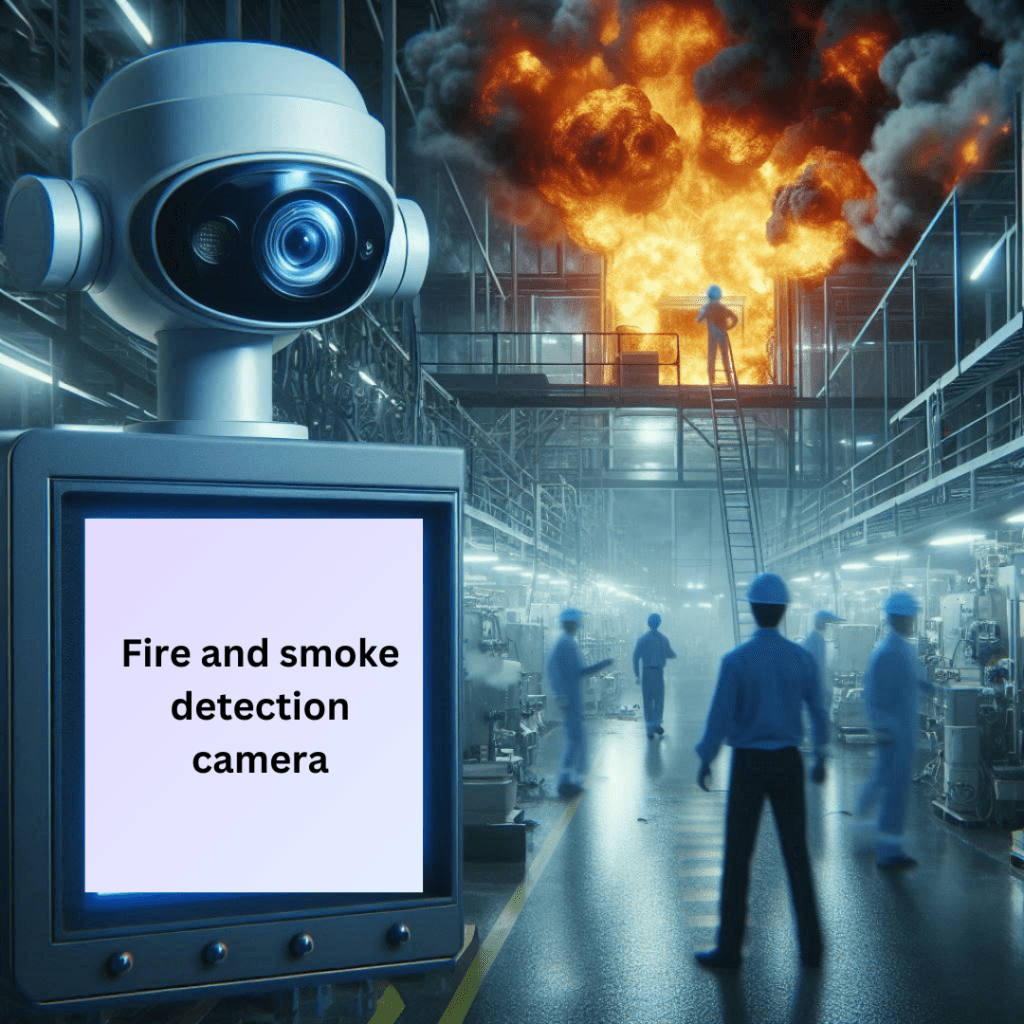
Essential features of smoke and fire detection system:
- Genius minds.ai cameras are integrated with IoT enhanced features which facilitates detection of the cause from fire and smoke.
- It facilitates real time alerts/notification through warning signals like beep sound, voice alerts, etc…for immediate intervention of supervisors to stop the incident from happening.
- AI workplace safety cameras feed live video analytics and detect fire and smoke. These analytics track the potential hazards and ensure safety of the organization.
- Smoke detector camera captures smoke detection and circulates cause instantly to all the workers it helps to avoid the cause and ensure safety.
- Automated notification, alerts and analytics detects the fire cause in advance to stop the accident and to protect the workers and infrastructure of the organization.
- It prioritize the safety of organization and the workers to work effectively and efficiently.
- Ai detection cameras are easily integrated with third party applications.
- AI based detective cameras ensure high quality of capturing images and videos which benefit to analyze AI algorithms.
CONCLUSION
AI based genius minds.ai cameras are integrated by the advanced technological features which help the organization to follow up proactive measures and avoid incidents by detecting the fire in advance for immediate intervention to stop the incident occurring and protecting assets and workers of the organization which leads to improved efficiency.
Stay ahead in fire safety! For more information contact us:


